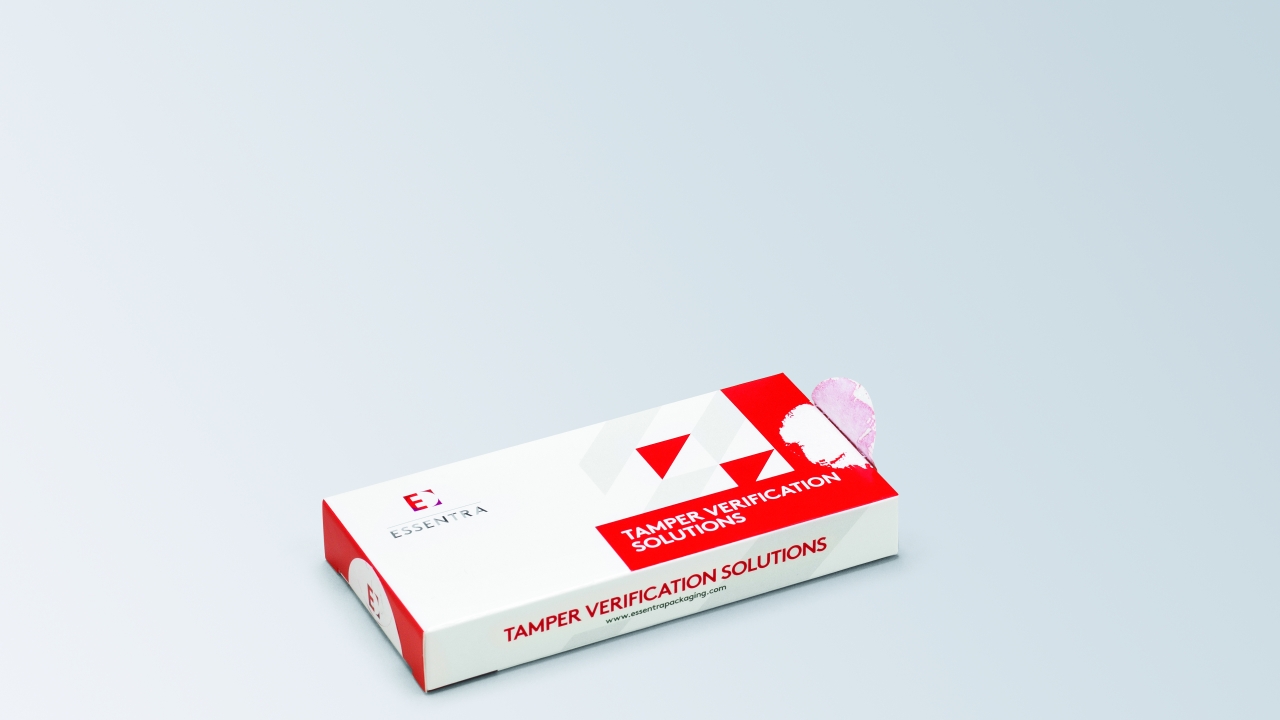Tackling pharmaceutical counterfeiting

In February of this year the European Parliament published an updated version of the Falsified Medicines Directive (FMD), amending the list of mandatory security characteristics for medicinal product packaging. The revised FMD requires a unique identifier and an anti-tampering device on medicinal packaging to help address the increasing issue of counterfeit medicines.
According to estimates released by the US Food and Drug Administration, 1 in 10 pharmaceutical drugs are counterfeited.
Whilst this translates to an estimated one percent penetration rate in developed countries in Europe and North America, this figure can reach up to 30 percent within Africa and the Far East. Alarmingly, according to the World Health Organisation (WHO), in 2011 64 percent of all antimalarial drugs in Nigeria were counterfeit.
The level of counterfeiting across the pharmaceutical industry is continuing to grow for a multitude of reasons, including the increasingly complex nature of supply chains, the expansion of e-commerce and a lack of enforcement capacity. The illicit trade is also relentless in its efforts; for example, in countries such as China, counterfeiters pay patients leaving pharmacies for their genuine drug boxes, filling them with false products afterwards.
Not only can this growth in counterfeit medicines be extremely dangerous to patients, but also harmful to the brand owners that manufacture the legitimate product. Clearly, patients are likely to lose confidence in a brand if it is widely counterfeited.
Tamper verification
A key aspect to the FMD is the requirement for tamper verification, which provides a visual indication of whether packaging has been opened or altered since the product was packed and shipped from the manufacturer. It allows consumers to personally confirm that the contents are authentic, which reinforces the product’s safety and the brand’s legitimacy.
Tamper verification can be addressed through a variety of different methods; however, one of the most effective is the use of tamper verification labels, which are popular due to their versatility to be applied to multiple packaging types and formats, ease of use and ability to carry branded information to the consumer.
When choosing a tamper verification label, manufacturers should consider the consumer experience with the product and how it will be impacted by the application and use of the label.
Tamper verification labels are available with varying levels of sophistication. At entry level, straightforward fiber-tear labels use a permanent adhesive that, when removed, irreversibly damages both the print and the board of the carton to which it is affixed. However, from a consumer’s perspective, the removal of the label may leave behind unsightly remnants on the packaging, to the point where some may not want to use the same box to store any remaining medication. As a result, this experience could be misinterpreted, as consumers may be left with negative impression of the brand rather than appreciate the tamper verification that has been provided.
Void release labels present a more aesthetically pleasing experience than fiber-tear labels, leaving behind a visual cue on the original packaging upon removal. This cue can be in the form of a void message or a specifically designed pattern. These labels indicate that the product has been tampered with, but keep the pack intact, maintaining the consumer’s impression of the brand. Additionally the upscale look of a specially designed pattern can help consumers identify that the seal and associated remaining image on the original packaging were intended to protect them.
Even more advanced than this are frangible film labels, which include a substrate that disintegrates the label when consumers attempt to remove it from the carton.
Multilayer approach
Tamper evident labels can be provided with a variety of different features applied that help consumers engage with the label and the brand. For example, adding a finger-lift feature to a fiber-tear or void release label can help consumers remove the label and gain access to the package in the intended way. In addition, these labels represent an opportunity for brand owners to highlight their offering and value proposition through the use of relevant information.
Essentra advocates implementing multiple measures to provide enhanced security, as by combining both overt and covert technologies, pharmaceutical manufacturers can make it as difficult as possible for counterfeiters to succeed.
This article first appeared in L&L issue 5, 2016, which can be read online here
Stay up to date
Subscribe to the free Label News newsletter and receive the latest content every week. We'll never share your email address.

